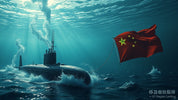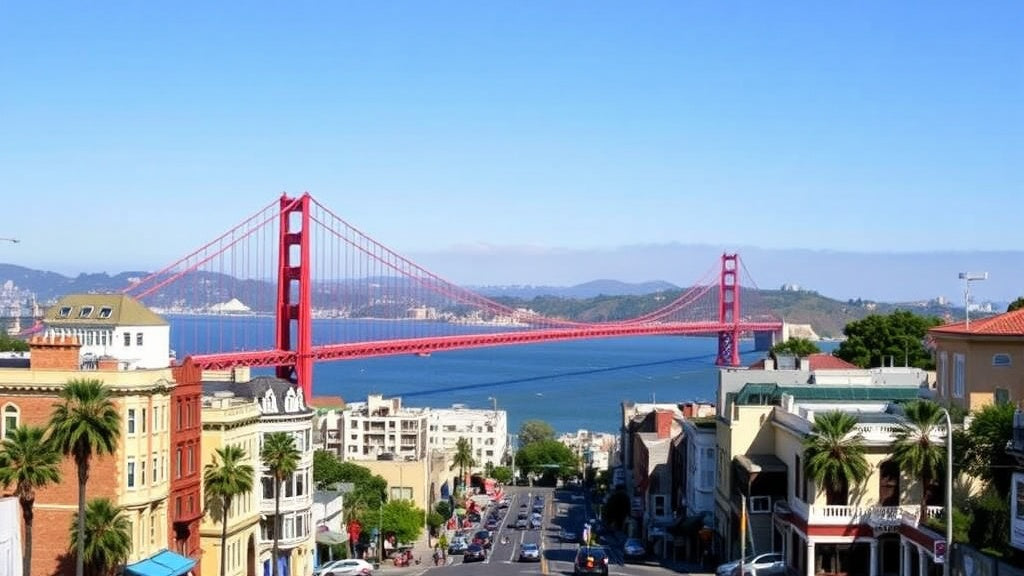
Underwater Power Struggle: US vs. China in Submarine Cable Warfare
, by Unboxify, 4 min reading time

, by Unboxify, 4 min reading time
This map shows one of the most important pieces of infrastructure in the world. More than 500 underwater cables running across the seabeds of the earth—from emails to bank payments to military communications. These fiber optics carry more than 95% of intercontinental data, estimated to be worth trillions of dollars a day. And they are at the center of a power struggle between the US and China. These cables, they are an appetizing target for espionage and surveillance.
There's so much raw information flowing around the world that existing satellite networks and wireless networks can't handle it all, making underwater fiber optic cables the main data carrier. When it comes to installing these essential lifelines, the US stands among the global leaders. According to subsea cable analysis firm Telegeography, companies from Europe, the US, and Japan have installed more than 85% of the cables.
But in 2008, China entered the fray. Policymakers see this as a very important part of its future economic success. The Chinese government has encouraged significant investment in companies that:
Established in 2008, the cable-laying company Huawei Marine Networks quickly brought China into the ranks of the industry's leaders. One of its most ambitious projects is the so-called Peace Cable, estimated to have cost $425 million. This 15,500-mile-long fiber optic network came online in 2022, connecting nearly a dozen countries in Asia, Africa, and Europe.
China's investment in the submarine cable industry is part and parcel of the goals it's seeking to advance through the Belt and Road Initiative. The aims are:
However, the Peace Cable could be China's last big undersea cable project. The US is trying to prevent a small player from becoming a dominant force. Huawei, backed by the Trump administration sanctions over espionage concerns in 2019, sold its stakes in Huawei Marine Networks to a Chinese company, which rebranded it HMN Tech. Yet, this did little to alleviate Washington's fears.
US officials worry that if too many Chinese companies play an active role in owning and maintaining these cables, they won't control surveillance of internet traffic—not just between the US and its allies, but also among other countries. In 2020, with billions of dollars of infrastructure investments at stake, Washington issued policies to exclude Chinese companies from its internet infrastructure.
One major move? Washington forced cable builders to drop plans for a direct link between L.A. and Hong Kong. The aim is to convince not just national governments but also private companies to avoid using Chinese parts in critically strategic regions.
In 2022, the White House helped American cable-laying joint Subcom secure a $600 million project that HMN Tech had been competing for. This new project will link Southeast Asia with Europe via the Middle East, providing essential connectivity to three key regions. Both Subcom and HMN Tech didn't respond to requests for comments on how much their work is influenced by government policies.
Despite US efforts, the competition between Washington and Beijing is far from over. Chinese companies like HMN Tech and SBS S are building new ships and factories to expand their footprint. These ships not only lay cables but also repair them—an aspect Washington is increasingly concerned about, given the shortage of such vessels globally.
With only around 50 ships capable of carrying out these tasks worldwide, preventing Chinese involvement from this space is an enormous challenge.
All these factors contribute to a great power competition between the US and China. Geopolitics are increasingly influencing the business of building these cables. Over the next few years, expect to see more meddling by national governments in building these cables, accompanied by increased financial support directing where these cables run and who builds them.
Governments aim to ensure their domestic industries succeed for decades to come, given the significant economic and strategic stakes involved.







